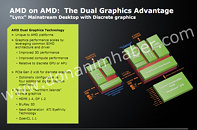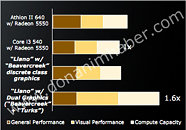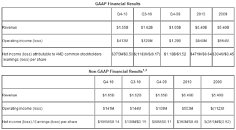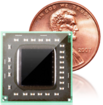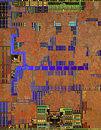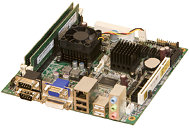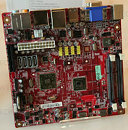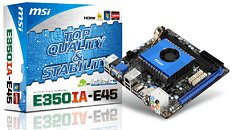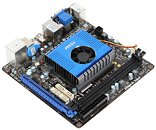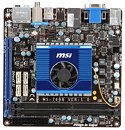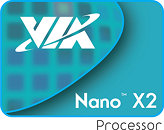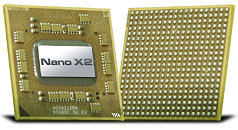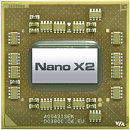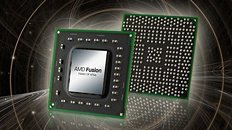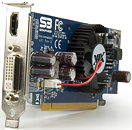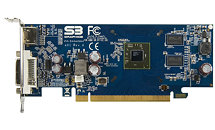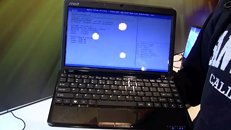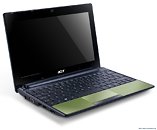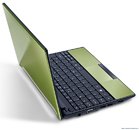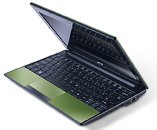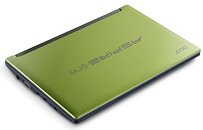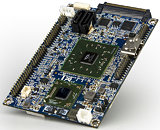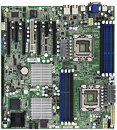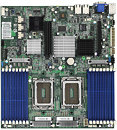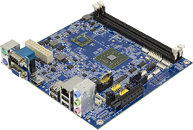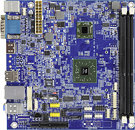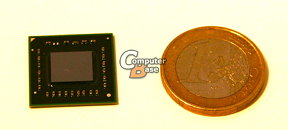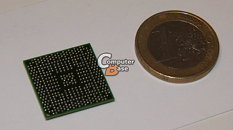
AMD Readies New Multi-GPU Technology for Fusion Llano APUs
After a well-received launch of the Fusion "Zacate" accelerated processing unit (APU) for nettops and entry-level PCs, AMD's higher-performance APU, codenamed "Llano", is just around the corner. Llano is intended for use on mainstream desktops, business PCs, and all-in-one PCs, it is better geared for higher-resolution, visually-intensive computing. Its competitors include Intel's Core i3 and Core i5 dual-core processors. AMD is backing up this launch with a new multi-GPU technology which is both similar and different from Hybrid CrossFireX. The similar part is that the GPU embedded in the Fusion chip will work in tandem with a discrete AMD Radeon graphics card, the difference is that it can work with any HD 6000 series graphics card, and multiply the available display connectivity.
The Fusion Llano APU will be part of AMD's Lynx mainstream desktop platform. The Llano APU embeds two x86-64 processing cores that feature the latest SIMD extensions, a DirectX 11 compliant GPU, a dual-channel DDR3 memory controller, a PCI-Express 2.0 hub, and an interconnect to the Hudson M1 chipset. The APU gives out a PCI-Express 2.0 x16 port, which is configurable using external switching. AMD also ran its own internal tests to show the performance advantage the new multi-GPU technology will give. AMD's Lynx mainstream desktop platform is expected to launch a little later this year.
The Fusion Llano APU will be part of AMD's Lynx mainstream desktop platform. The Llano APU embeds two x86-64 processing cores that feature the latest SIMD extensions, a DirectX 11 compliant GPU, a dual-channel DDR3 memory controller, a PCI-Express 2.0 hub, and an interconnect to the Hudson M1 chipset. The APU gives out a PCI-Express 2.0 x16 port, which is configurable using external switching. AMD also ran its own internal tests to show the performance advantage the new multi-GPU technology will give. AMD's Lynx mainstream desktop platform is expected to launch a little later this year.
